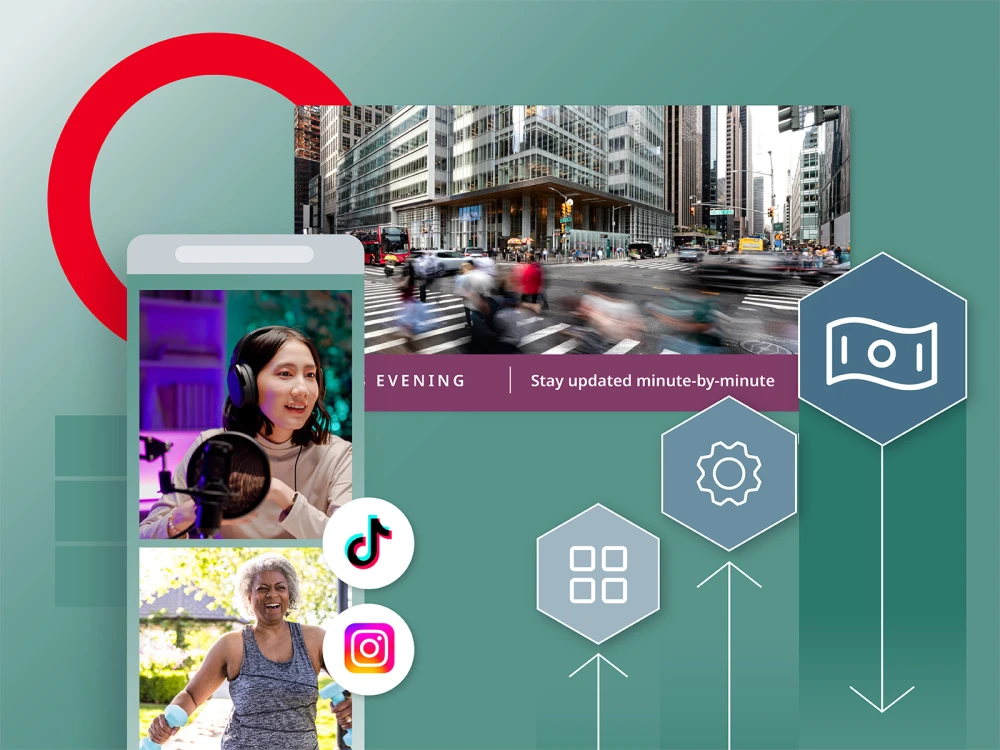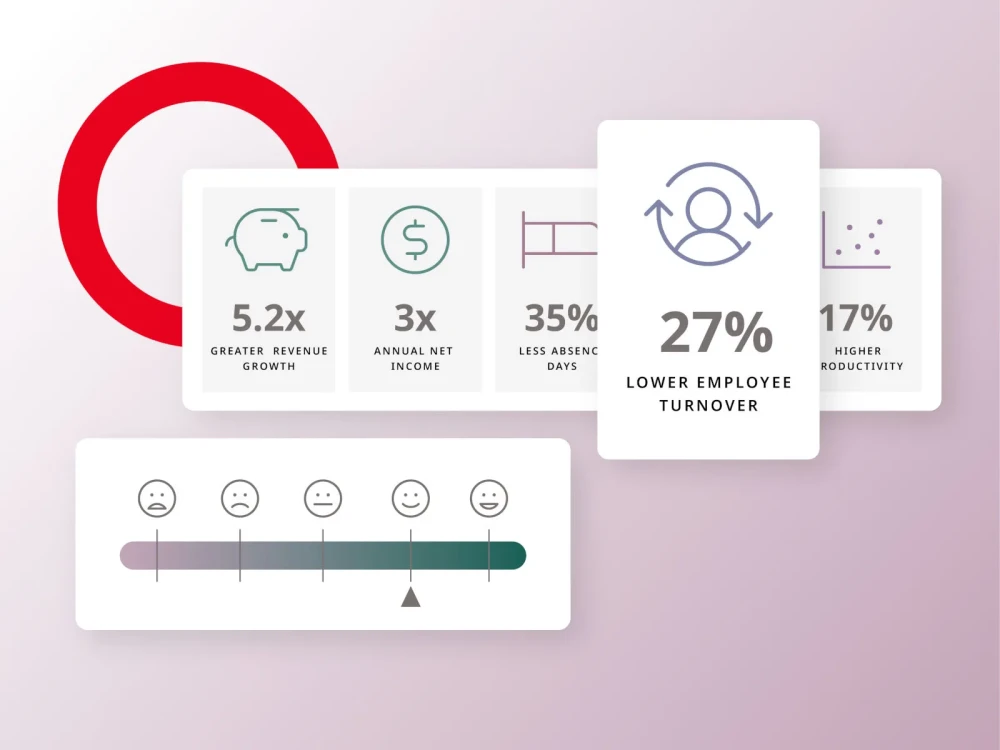As consumers and businesses increasingly demand the availability of products, services and information at their fingertips, digital transformation has become a top priority. In fact, 50% of executives agree that digital transformation is the top strategic priority. Generally, digital transformation refers to the use of technology to create new or improved processes and customer experiences to drive better business outcomes. But not all digital transformation looks alike — and to succeed, each organization must determine which types of transformation they should prioritize. There are six different types of digital transformation. Seek success by understanding the types and identifying which ones will best suit the needs of your organization.
Business process transformation
Transforming business processes refers to changing the way a company works internally. This type of digital transformation may affect how employees get access to new technology and use it for their work. For example, business process transformation may include automating manual processes or investing in marketing analytics to gather new data and incorporate it into business decisions.
Usually, business process transformation is driven by external pressures to adapt to new conditions and requirements and meet business goals. Such goals may include cutting costs, reducing time to market, improving product quality and improving the customer experience.
Business model transformation
Changing your organization’s business model in an effort to adapt it to a new digital environment is known as business model transformation. Sometimes, a successful business model transformation can disrupt an entire industry. For example, Apple started as a personal computer manufacturer, but transformed to become a full-fledged media company with the introduction of the iPod, iPhone and other personal electronics devices. Netflix went from a movie rental company to one of the top content streaming services.
To achieve successful business model transformation, a company must strategically explore the potential of new ways of doing business. It must focus on innovation to drive improved business outcomes.
Domain transformation
Transforming your business domain means harnessing the ability to successfully enter new markets. For example, Amazon was already a successful retailer when it leveraged its reach to add a streaming platform (Amazon Prime) and a cloud computing platform (Amazon Web Services).
Many businesses have opportunities to transform and utilize their strengths to make an impact in new areas but doing so takes a creative approach to digital technology. Domain transformation is often driven by technologies such as artificial intelligence (AI). To undertake domain transformation, consider opportunities to expand your product or service offerings and how technology might aid that expansion.
Cultural transformation
Every successful digital transformation includes a cultural component because it requires staff to adjust to a new way of doing things. Change is a challenge for many organizations, so it’s important to develop a culture of flexibility and valuing transformation.
Transforming a company culture in order to undertake a successful digital transformation usually involves educating team members about the potential to improve the business. It can also include opportunities for fostering internal collaboration and creating a process of continuous innovation. Many organizations effectively use internal content development and distribution to build a culture of continual learning and development that will be ripe for new digital transformations.
Cloud transformation
Cloud transformation involves migrating hard drive information systems to cloud computing environments. Many organizations were forced to accelerate cloud migration plans during the COVID-19 lockdowns of 2020 in order to accommodate staffers to work remotely and to serve customers from afar.
Taking advantage of cloud computing environments can allow companies to access more efficient data-sharing and storage, faster time-to-market and greater flexibility and scalability for their businesses. However, data security is an important concern that must be addressed with any cloud transformation.
Customer experience transformation
Digital transformation is often tied to strategic business goals, but it should never sacrifice the customer experience. In fact, transforming the customer experience to become more digital and intuitive is an important consideration for growing, innovative businesses.
As customers increasingly demand the availability of digital content to learn about, purchase and use products and services, the ability to create and use content effectively is a crucial component of customer experience and of all digital transformation.







